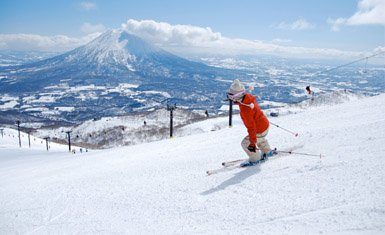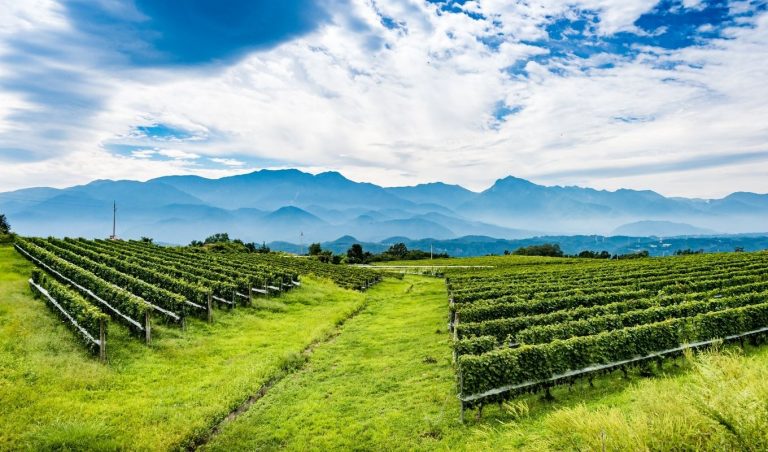The Emperor is the symbol of the State and the unity of the people, deriving his position from the will of the people in whom sovereign power resides. (Constitution of Japan, Article 1).
It is the oldest continuous monarchy in the world. In Japan, the Emperor is never referred to by name, but is known as “His Majesty the Emperor” (Tennō Heika) and may be abbreviated to “His Majesty” (Heika).
According to mythology, the first Emperor, Jimmu, is a descendant of the Sun Goddess Amaterasu and enthroned in 660 BC. It is commonly accepted that the Imperial family has reigned in Japan for more than 1,500 years, and that all have descended from the same family. The imperial crown is designed by a 16-petal chrysanthemum flower.
Despite the fact that the political power of the emperors was limited or purely symbolic throughout most of Japan’s history, all royal rulers, from the rulers of the Fujiwara and Hojo clans to the Minamoto and Tokugawa Shoguns They respected the Emperor and had the imperial legitimacy for their position as rulers.
With the Meiji Restoration of 1868, the Tokugawa shogunate was overthrown, His Majesty, The Meiji Emperor became the head of state. Under the new Meiji Constitution, the Emperor had sovereign power, and his political and military power was theoretically close to absolute. The postwar 1946 Constitution states that the emperor has only a symbolic function.
Currently he participates, basically in ceremonies and diplomatic meetings, but has no political power.
His Majesty Emperor Emeritus (Akihito) acceded to the throne on January 7, 1989, following the death of his father, Emperor Showa (Hirohito), and officially became the 125th Emperor of Japan on November 12, 1990. During his reign, he made great efforts to promote world peace and was deeply involved with today’s Japanese society. The first opportunity he had to express what he wanted to say to the Japanese people was when a volcano erupted in southwestern Japan in 1991. The imperial couple visited an evacuation center and knelt next to the victims. From then until their abdication, whenever a natural disaster strikes Japan, the imperial couple took all the time necessary to comfort the victims.
They were at the scene of the disaster after an earthquake struck Kobe in 1995. When the earthquake and tsunami struck northeast Japan in 2011, they traveled to the devastated region many times in the weeks following the event. The imperial couple visited Miyako City, Iwate Prefecture in 2011.
The Emperor Emeritus also showed concern for socially vulnerable people. On many occasions, he visited the elderly and people with disabilities.
The Emperor Emeritus thought many times about the effects of World War II, inside and outside Japan and the importance of maintaining peace in his country and in the world. The couple visited Okinawa 11 times, where one of the final battles and the fiercest fights were fought. More than 200,000 people died there. The Emperor Emeritus has also mourned people who died on battlefields in the Pacific islands, paying tribute to both sides.
His Majesty The Emperor Emeritus reflected on the Heisei era (1989-2019) during a press conference held in December 2018, just before his 85th birthday. At the time he said: ‘I have believed that it is important not to forget that countless lives were lost in World War II and that the peace and prosperity of postwar Japan was based on the many sacrifices and tireless efforts made by the Japanese people, and this story must be passed on accurately to those born after the war. It gives me great comfort that the Heisei Era is coming to an end, free from the war in Japan.
His Majesty The current Emperor (Naruhito) acceded to the Chrysanthemum Throne after the abdication of his father, now Emperor Emeritus (Akihito) on May 1, 2019 at 00:00 local time and became the 126th Emperor of Japan. The Emperor earned a BA in history from Japan’s prestigious Gakushuin University and studied economic history at Oxford University in Great Britain.
His Majesty is an honorary member of the World Water Commission for the 21st century and a sponsor of the Global Water Partnership, established by the World Bank, the United Nations and the Swedish Development Agency. The Emperor is expected to continue in the style of his father, who embodied the emperor’s constitutional role as the “symbol of national unity” of Japan. “The emperor follows a principle: share joy and pain with the people, heart to heart”, as His Majesty The Emperor put it, on his birthday in February. The era of the Emperor’s reign (Naruhito) bears the name “Reiwa” (令 和), and in accordance with custom, he will be renamed Emperor Reiwa (天皇 和 天皇 Reiwa Tennō) by order of the Cabinet after his death. The name of the next era under his successor will be established after his death or before his abdication.
Since the mid-19th century, the Imperial Palace has been called Kōkyo (皇居), and it is located in the heart of Tokyo. Previously, the imperial family resided in Kyoto (the ancient capital), for almost eleven centuries. The birthday of His Majesty The Emperor (February 23) and is a national holiday.


